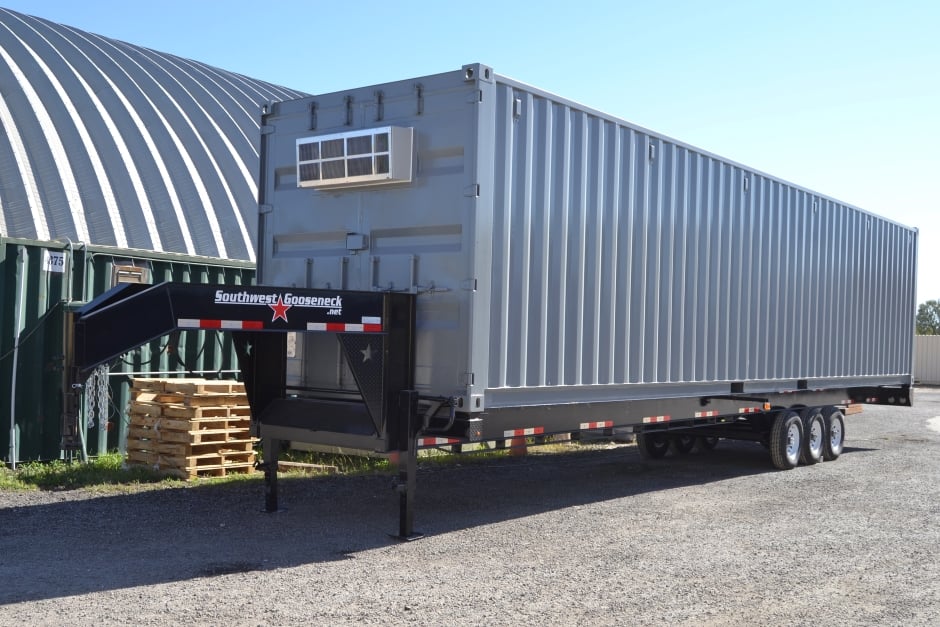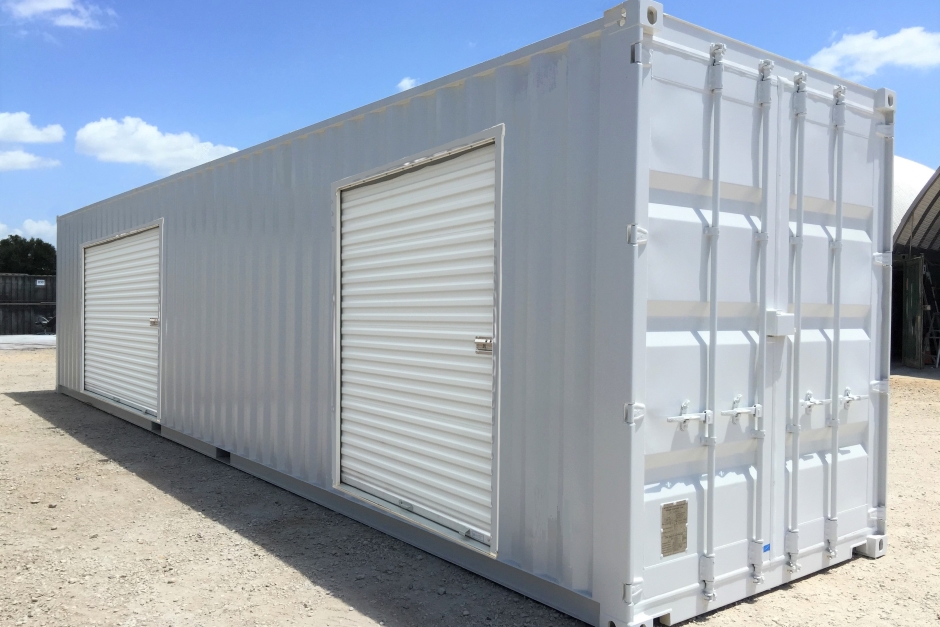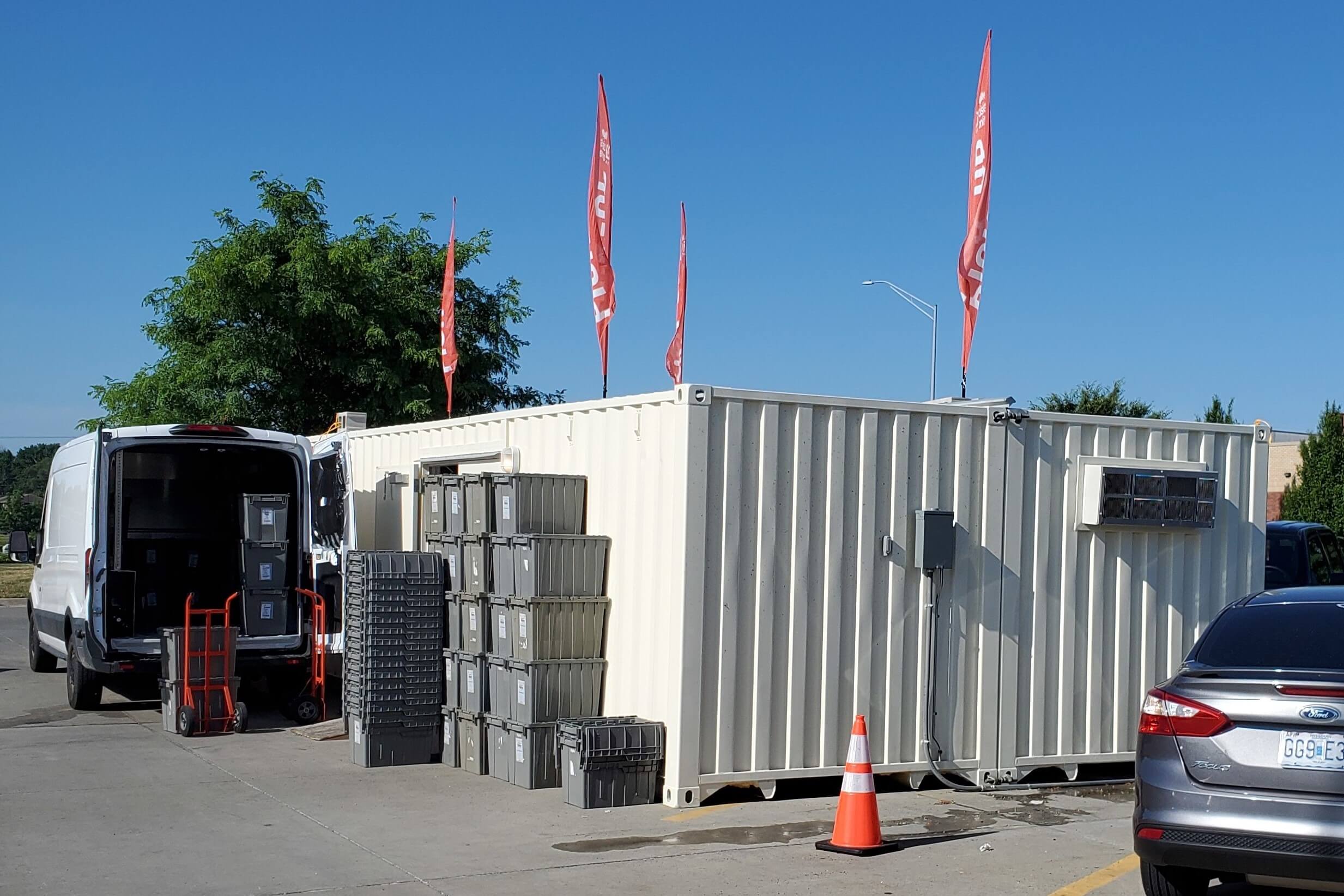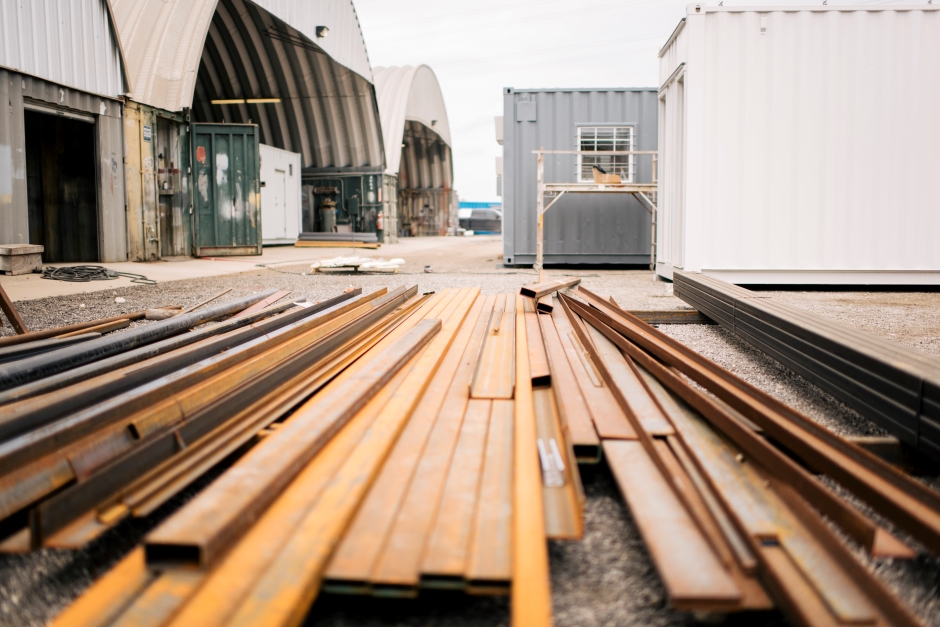Shipping Container Architecture Pros & Cons
 Marissa Morin | Jul 30, 2020
Marissa Morin | Jul 30, 2020

Sometimes referred to as “cargotecture,” shipping container architecture utilizes modified, repurposed shipping containers to create building elements. Container-based structures range from unique art sculptures to office buildings, sports stadiums, and even single unit storage containers – and the list goes on! There are many possibilities when it comes to modifying shipping containers into structures, so it’s important to understand the advantages and disadvantages before embarking on a container modification journey.

Pros of Shipping Container Architecture
Customization
At manufacturing facilities, shipping containers are modified into many kinds of structures. For example, some become multi-level offices while others become living units or equipment enclosures. The possibility to create nearly any kind of structure out of shipping containers helps companies design structures to meet their specific needs.
Strong and Durable
Shipping containers were originally created to survive long stretches at sea, therefore, as containers become repurposed structures, they similarly benefit from an inherent strength and durability. With the help of modifications, containers can withstand harsh winds and intense climates while maintaining safe conditions.

Modular Building Elements
Modular construction allows manufacturers to modify uniform shipping containers with precision. Because containers come in standard sizes – 10-foot, 20-foot, and 40-foot – making it more predictable for architects and engineers as they design around common dimensions.
Transportable
Thanks to the standard sizing of containers, shipping container architecture is easy to transport. The ability to unstack or separate a shipping container structure, load a container on the bed of a truck, and drive it to a new location helps many organizations frequently relocate container architecture. Learn more about transporting modified containers here.

Eco-Friendly
One of the most enticing reasons to build with modified shipping containers is the opportunity to repurpose old material into building elements. Instead of relying on the creation of new building material to construct a traditional building, recycling shipping containers into buildings themselves helps many companies easily make an environmentally friendly choice.
Construction Site Limitations
Because shipping container architecture utilizes modular construction practices – meaning that containers are considered individual building elements – even construction sites with limitations become easier to manage. For example, if a construction site is small, crowded, or difficult to access, shipping containers can easily be dropped in by a crane and placed together quickly.
Potential Cons of Shipping Container Architecture
Temperature and Humidity Concerns
When building with unmodified shipping containers – which are simply steel boxes with wooden floors –temperature concerns are valid. Some boxes that sit in hot climates can have high internal temperatures and levels of humidity that aren’t safe for people and aren’t ideal for storage. Depending on the intended use of the container and its location, adding climate control and insulation may be vital.

Lack of Flexibility
Although there is simplicity in the standard sizes of shipping containers, some projects may find the size restriction difficult. It’s important to make sure both design and construction teams are prepared to work with standard dimensions.
Building Permits
Since shipping container architecture is still emerging as a viable construction method, the building code and permits are similarly developing. This means that some cities are behind on their awareness of the structures and it could be a challenge to obtain permits for a new project. Therefore, it’s important to communicate with local bodies as your container project develops.

Creating Large, Permanent Buildings
Although shipping containers can stack nine containers high on a cargo ship, once they’re modified and repurposed as building material, stacking a large building – like a hotel or apartment complex – becomes difficult. This requires a deep awareness of shipping container architecture and lots of planning ahead of the construction – more planning than what’s typically needed for a similar yet traditionally constructed project.
Understand Shipping Container Architecture
As shipping container architecture grows into its potential, new advantages and disadvantages will be discovered. For now, this condensed list points to several reasons why some projects may be ideal for container use and others may not. Do you have a shipping container project you’d like to discuss? Give us a call at 877-704-0177 or email us at Sales@FalconStructures.com. We’ll happily point you in the right direction to advance your project.
SUBSCRIBE
- Shipping Container Modifications
- How-Tos
- Workspace
- Commercial Construction
- Multi-Container Buildings
- Storage Solutions
- Industrial Enclosures
- Bathrooms & Locker Rooms
- Oil & Gas
- Climate Control
- Green Building
- Industry Insight
- Living Space
- Military & Training Facilities
- Water Treatment Solutions
- Energy
THINK INSIDE THE BOX®
WITH OUR BLOG
Get everything from shipping container basics, to detailed how-tos and industry news in our weekly blog. Stay inspired and subscribe!
RELATED BLOGS

Your Guide to Custom Storage Containers
Marissa Morin | Sep 29, 2020 | 4 min read
READ MORE

Conex on Campus: Shipping Container Structures in Education
Marissa Morin | Sep 21, 2022 | 3 min read
READ MORE

How Shipping Container Lifespan Helps Businesses Outlast Hard Times
Marissa Morin | Apr 28, 2020 | 3 min read
READ MORE

